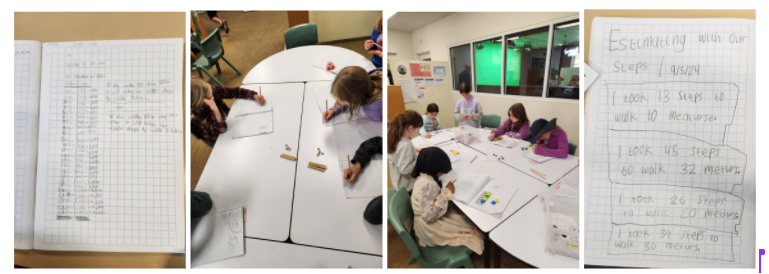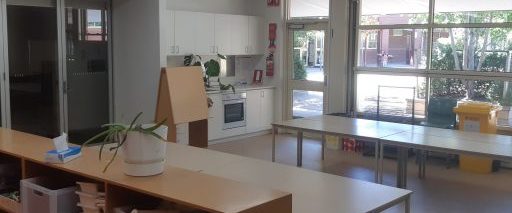Our developing inquiry into systems begins to deepen.
As a neighbourhood we have delved further into how trees are part of an intricate system, how ecosystems are complex wholes containing many small parts and the many other ways in which we interact with systems in our daily lives. In the lead up to our Mothers’ and Carers’ day assembly we have explored what it means to have a support system. Students identified the different parts of their support systems that work together to care for them – family members, friends, carers, doctors, dentists, community fundraising, teachers, pets – and how they themselves are also part of others’ support systems.
We have considered how we are developing agency by seeking greater depth in knowledge, persisting with goals and being open to the new.
A fine example of going deeper sprung from an interest in the trees in our community. After sketching a tree our curious student took a leaf and created a rubbing which was then measured. The next step was measuring the circumference of the trunk and clarifying the definition of circumference in a maths dictionary. This then lead to the use of a plant identification app to identify the species of tree, including its scientific name Eucalyptus radiata.

Mathematics
Our maths problem solving has taken a path into using maths for estimation in the world around us. Students have begun to apply their understanding of how many steps it takes to travel a given distance to estimate distances by counting their steps. Students have shown growth in selecting strategies and supports appropriate to their need in solving these problems through addition and multiplication using 10s frames, MAB blocks, hundreds charts and more.
Next steps:
These experiences with multiplicative thinking will extend into using estimation to better understand phenomena in the natural world, such as rates of growth in plants and distances traveled by animals. Students will also begin exploring the connections between part-whole relationships in fractions and part-whole relationships in systems.

Literacy
As writers 3/4N2 has begun researching a chosen indigenous species from Victoria, such as a tree, bird or fungi. We began by clarifying the definition of indigenous and species and how species belong to a specific genus. The next step was to begin building a list of specific nouns, verbs, adjectives and adverbs that connect to that species. This writing will continue to develop next week.
As readers we have continued building our strategies as questioners, clarifiers and summarisers to deepen our understanding of texts.
One of our shared readings this week explored the science of eclipses and indigenous cultures and how knowledge is stored and transmitted.
3/4N2
